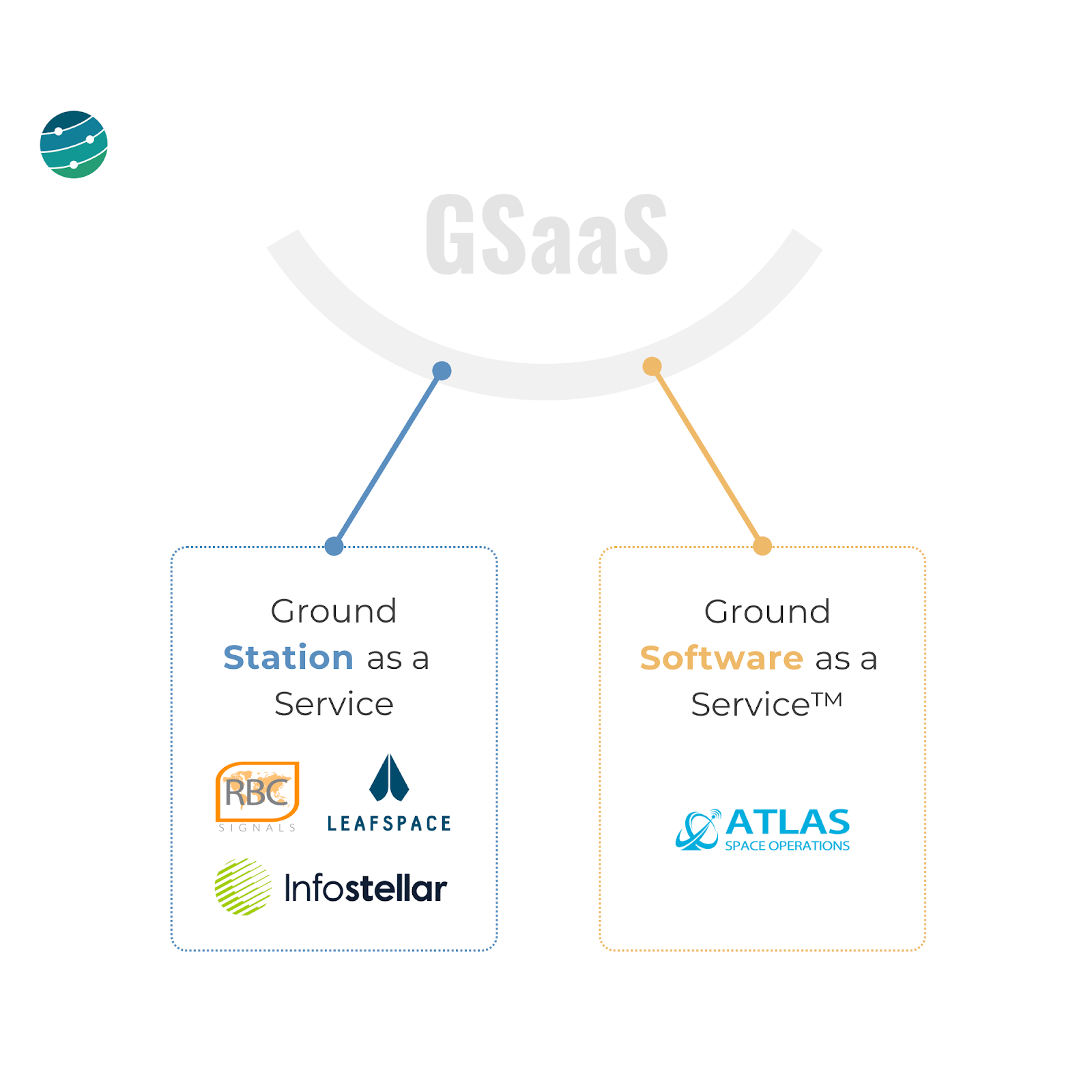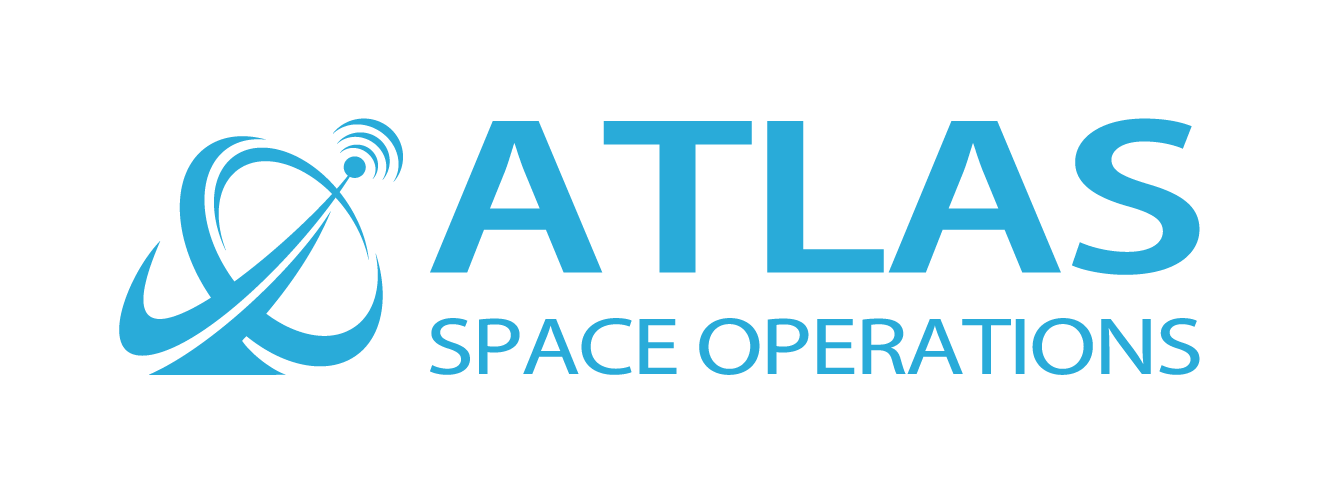An Introduction to the Ground Segment
When thinking about space, most people first think of satellites or launchers, but very rarely about the ground segment. Every operational satellite in space maintains communications with Earth. Part of that includes Tracking, Telemetry and Command (TT&C) and constitutes sending basic commands to the spacecraft and receiving data related to its orbital position and the health of all the systems onboard. But a major portion of the data transfer belongs to the downlink of the captured data. This data transmission from satellites in orbit typically happens via ground stations using the radio spectrum. In general, ground stations consist of one or more antennas that enable satellite operators to communicate with the satellite.
The data transmission between satellites and ground stations can only happen in a direct line of sight between the satellite and the ground station, or a pass. Simpler missions often operate with just one ground station, which grants enough visibility to send instructions and downlink telemetry data. However, missions with larger data volumes, like Earth observation missions, need more timely downlinks and hence have multiple sites around the world.
A Simple Overview of How Data is Transmitted
- Captured imagery together with telemetry and data on the operational health (TT&C) of the satellite is saved onto an onboard storage unit until contact with a ground station is established.
- The timing of the pass is determined by the location of the ground station and the orbit of the satellite. Once a satellite is in a line of sight with the ground station, the data transmission can begin. Two types of data are transferred - the aforementioned TT&C together along with the captured data itself. From digital information, the data is converted into an analogue radio frequency signal.
- An antenna on-board satellite sends the radio frequency signals to Earth, where they are collected by the receivers on the ground station and converted back to a digital signal. From there, data can be stored or uploaded to the cloud for further use.
The Emergence of Ground Segment as a Service
Satellite operators with a need for ground segments face a problem. On one hand, there is a need for high upfront expenditure and expertise to build a network of ground stations at multiple locations around the world. On the other, up to a certain constellation size, those ground stations stand unused with an exception of a few daily passes. Further with the emergence of New Space, the needs of satellite operators evolved: missions became shorter, the time to operate and launch a satellite was dramatically reduced, and the budget dedicated to the ground segment decreased. The traditional ground segment services offered by incumbents were not simple enough, flexible enough or cost-efficient. Over the years, companies offering Ground Segment as a Service (GSaaS) began to serve the market by offering their own ground stations, allowing other players access on a pay-for-use basis.
Inspired by models such as Infrastructure as a Service (IaaS) and cloud computing, GSaaS aims to abstract ground segment infrastructure, by creating a single network of ground stations in order to enable satellite operators to communicate with their satellites. GSaaS is, however, not the first concept of antenna sharing. Indeed, incumbent ground segment providers such as SSC and KSAT were already exploiting the spare capacity of ground stations for decades, enabling various customers to use the same antenna. However, GSaaS brings a higher degree of flexibility, simplicity and cost efficiency. GSaaS provides the following benefits:
- A “bring your satellite” model, allowing satellite operators to concentrate on building the satellite, with the ground station services ready for use on a first-come, first-served basis;
- Managed ground stations with global stations and network footprint;
- Simple, pay-per-use business model;
- Self-service scheduling, via APIs or console.
The Ground Segment Landscape
The ground segment landscape is a rapidly evolving segment of the space industry. With the proliferation of various types of Earth-observing sensors and communication satellites being launched, the ground segment is undergoing a revolution of sorts. Much of this is derived from the agility of the New Space era where the demand for near real-time satellite data is growing. This demand has led to the emergence of companies offering ground segment services globally, from the established names in the space and cloud computing industries to the emerging startups in the ground segment industry, offering both traditional ground segment services and GSaaS offerings on different levels.
The following figure provides an overview of the ground segment landscape, segmented by the type of offering and maturity of the company.

Towards Ground Software as a Service™
The GSaaS model is offered in two models: ground station as a service and Ground Software as a Service™.
In the Ground Station as a Service (GSaaS) model, the provider serves as a data connection, controlling the underlying antenna network between a satellite and an antenna, through an API or a console. However, users have limited control of the hardware, and often face the legacy-era challenge of rigid software. This means tasks like initial integration, follow-on changes to availability, and network access fall on the spectrum of difficult to impossible.
The Ground Software as a Service™ (GSaaS) model, on the other hand, is more than just a link between a satellite and the antenna. This model serves as a customer-focused software solution providing continuous value-added feature releases, meaningful metrics and an intuitive user interface, thus simplifying the complex tasks for the satellite operators, as well as providing real-time updates on the performance of the operations.
ATLAS Space Operations
ATLAS Space Operations provides the industry’s first and only Ground Software as a Service™ offering. ATLAS leverages its robust global antenna network as a foundational data conduit and emphasizes the value that can be delivered through a software-centric approach. With the entirety of the ground segment value chain as its focal point, ATLAS uses data and insights to assist customers in pivotal decision-making, removing a considerable engineering burden in the process. Features such as Task Insights (automated pass validation) and Free Time allow users to access data and functions that are essential to successful satellite operations. This means that satellite operators no longer need to code novel solutions to problems that should be solved by the ground segment specialists - they can simply benefit from Ground Software as a Service from ATLAS.

Sponsored by ATLAS Space Operations




